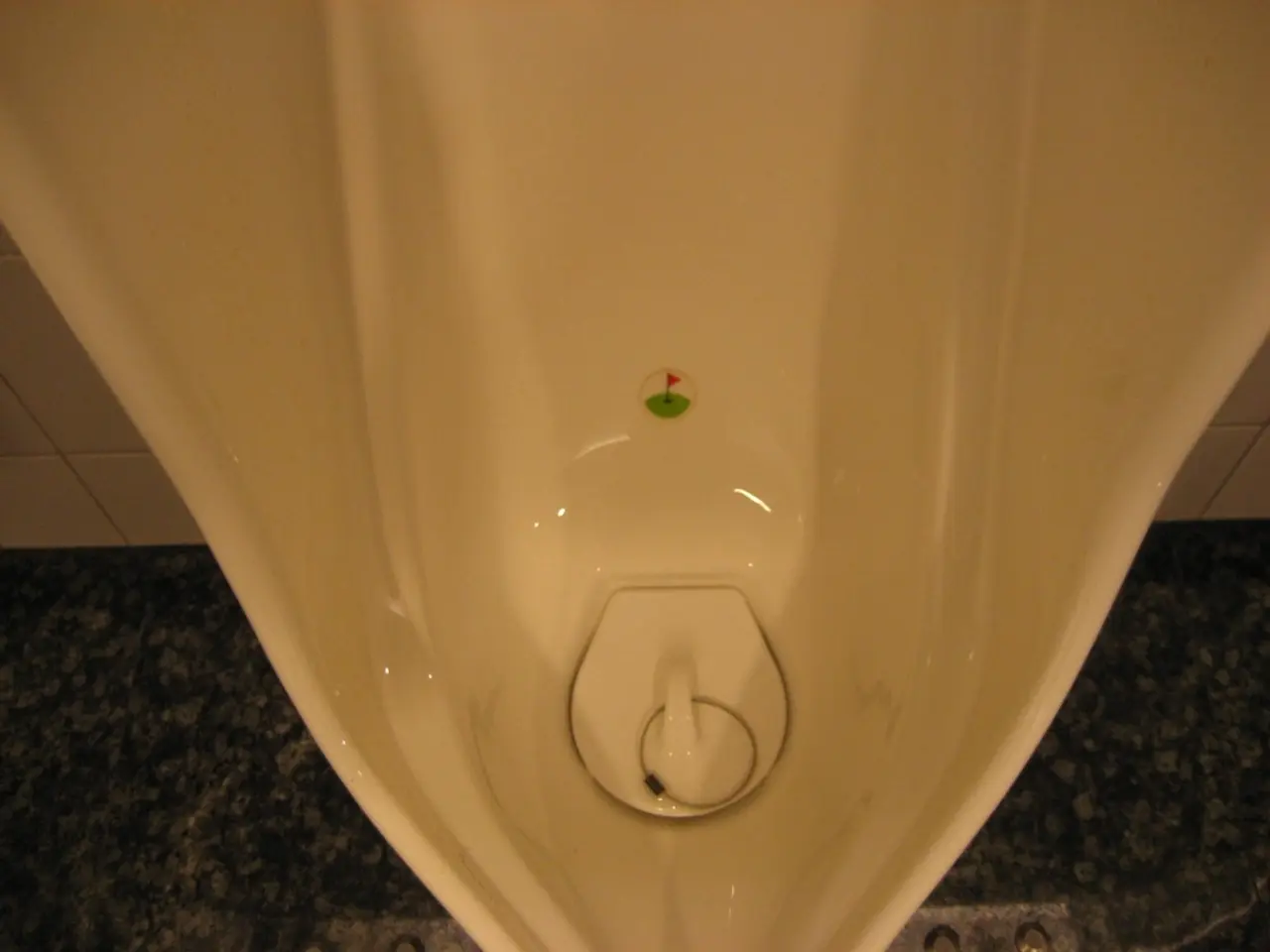Male Kegel Exercises: An Overview, Advantages, and Further Information
Kegel exercises, initially designed to help women after childbirth or surgery, are now recognised as beneficial for men as well. These simple exercises can help improve sexual health, support prostate health, and enhance urinary and fecal continence.
Improved Sexual Health for Men
Kegel exercises can help men achieve better erections, manage premature ejaculation, and experience more intense orgasms by strengthening pelvic floor muscles and enhancing blood flow to the pelvic region.
Prostate Health Support
Regular Kegel exercises may alleviate symptoms of chronic prostatitis/chronic pelvic pain syndrome (CPPS) by reducing inflammation and tension around the prostate, improving tissue healing, and decreasing pelvic pain within 8–12 weeks.
Urinary and Fecal Continence
Kegel exercises help prevent and treat urinary incontinence, especially after prostate surgery, and can improve bladder control and reduce frequent urination. They also aid in managing fecal incontinence and overactive bladder.
Proper Methods to Perform Male Kegel Exercises
- Identify the correct muscles: Use the "functional stop test" once to locate pelvic floor muscles by gently stopping urine mid-flow. Avoid regularly stopping urine flow during urination as it can damage bladder function and promote infections.
- Exercise technique: Contract the pelvic floor muscles (the muscles used to stop urine flow or prevent passing gas). Hold the contraction for about 3 to 5 seconds, then relax for an equal or longer time. Start with 10 repetitions per session, 3 times a day, and gradually increase holding time and repetitions as strength improves.
- Consistency and progression: Regular and consistent practice is key for benefits to manifest, usually within 8–12 weeks. Avoid using surrounding muscles (abdomen, buttocks, or thighs) during exercises; focus solely on pelvic floor muscles.
- Mindful practice: Keep breathing normally during exercises, avoid holding your breath. Perform exercises discreetly anywhere (sitting, standing, lying down) without the need for special equipment.
Additional Considerations
- Consult a healthcare professional if unsure about technique or if experiencing pain.
- Post-prostate surgery patients should seek tailored guidance from their medical provider as pelvic rehabilitation may be part of recovery.
- While Kegels improve erectile function, no evidence suggests an effect on penis size.
In conclusion, male Kegel exercises strengthen pelvic floor muscles to enhance sexual function, support prostate health, and improve urinary and fecal continence. Correct identification of muscles and consistent, focused contractions are essential for effectiveness. If a person has difficulty locating their pelvic floor muscles, they should talk to their doctor for specialist help.
- Engaging in regular Kegel exercises can significantly contribute to the health-and-wellness of men, benefiting their sexual health, prostate health, and urinary and fecal continence.
- For men, Kegel exercises can help manage symptoms associated with chronic prostatitis/chronic pelvic pain syndrome (CPPS) by providing relief from inflammation and pelvic discomfort within a few months.
- Proper execution of Kegel exercises involves identifying the pelvic floor muscles through the functional stop test, exercising with correct technique, maintaining consistency, and progressing slowly as strength improves.
- Those looking for specialist assistance in locating pelvic floor muscles or performing Kegel exercises can consult with their doctor or healthcare provider.
- Post-prostate surgery patients are advised to follow tailored guidance from their medical professionals as pelvic rehabilitation may be necessary for the recovery process.
- Despite Kegel exercises improving erectile function, no evidence suggests that they have any impact on penis size.
- In the realm of science, Kegel exercises are recognized as a valuable tool for promoting men's health and improved fitness-and-exercise by strengthening pelvic muscles and supporting overall urinary health.




